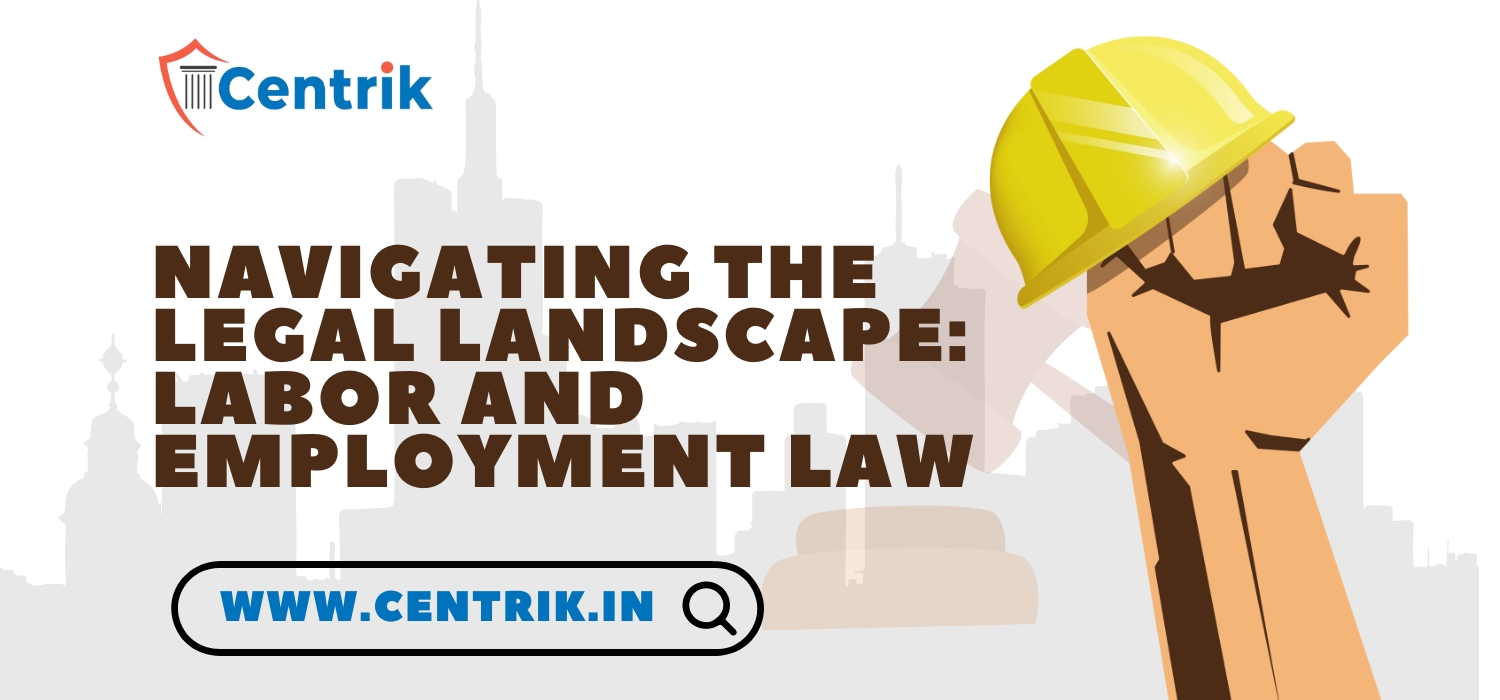In the intricate tapestry of legal frameworks that govern modern workplaces, labor and employment law stand as formidable pillars, safeguarding the rights and interests of both employers and employees. From the dynamics of hiring to the complexities of workplace disputes, this branch of law serves as a guiding light, ensuring fairness, equity, and compliance in the realm of employment.

Foundations of Labor and Employment Law
At its core, labor and employment law encapsulates a broad spectrum of regulations, statutes, and judicial precedents to regulate the relationship between employers and employees. Historically, its roots trace back to the Industrial Revolution when labor movements emerged to address rampant exploitation and unsafe working conditions.
Protecting Workers’ Rights
One of the fundamental objectives of labor and employment law is to safeguard the rights and well-being of workers. This includes ensuring fair wages, reasonable working hours, and safe working conditions. Provisions regarding minimum wage, overtime pay, and workplace safety standards are enshrined in various statutes to prevent exploitation and promote dignified employment. Moreover, antidiscrimination laws play a pivotal role in fostering inclusive workplaces.
Managing Employer Obligations
For employers, navigating the labyrinth of legal requirements can be daunting. Beyond ensuring compliance with labor standards, they must also contend with issues such as wrongful termination, harassment, and accommodation of disabilities. Understanding and adhering to employment contracts, non-compete agreements, and intellectual property rights further complicates the landscape. Moreover, the emergence of new technologies and the gig economy pose novel challenges to traditional employment paradigms. The classification of workers as independent contractors versus employees, for instance, has significant implications for taxation, benefits, and liability.
Resolving Workplace Disputes
Despite preventative measures, conflicts inevitably arise in the workplace, ranging from grievances over wages to allegations of discrimination. Labor and employment law provides mechanisms for resolving such disputes through avenues such as mediation, arbitration, and litigation. Employment litigation, in particular, encompasses many issues, including breach of contract, harassment, and retaliation claims.
Alternative dispute resolution mechanisms offer parties a more expeditious and cost-effective means of resolving conflicts outside the courtroom. Mediation, facilitated by a neutral third party, allows parties to negotiate a mutually acceptable resolution, while arbitration involves a binding decision rendered by an arbitrator. These approaches offer flexibility and confidentiality, preserving relationships and minimizing the disruptive impact of protracted litigation.
Conclusion
Furthermore, the ongoing COVID-19 pandemic has underscored the importance of flexible work arrangements, health and safety protocols, and the social safety net. Legislators and policymakers are grappling with issues such as paid sick leave, remote work accommodations, and vaccine mandates, reshaping the contours of labor law in real time.
The labor and employment law serves as the bedrock of fair and equitable workplaces, balancing the rights and obligations of employers and employees. By upholding principles of justice, equality, and respect, this branch of law plays a crucial role in fostering harmonious labour relations and promoting economic prosperity.




 join For Updates
join For Updates